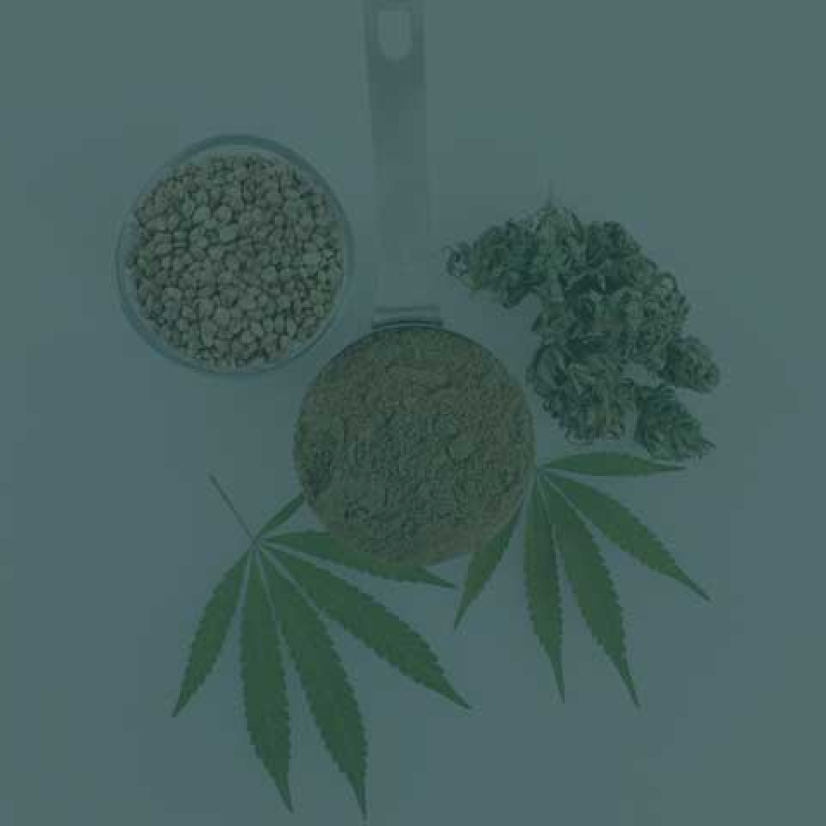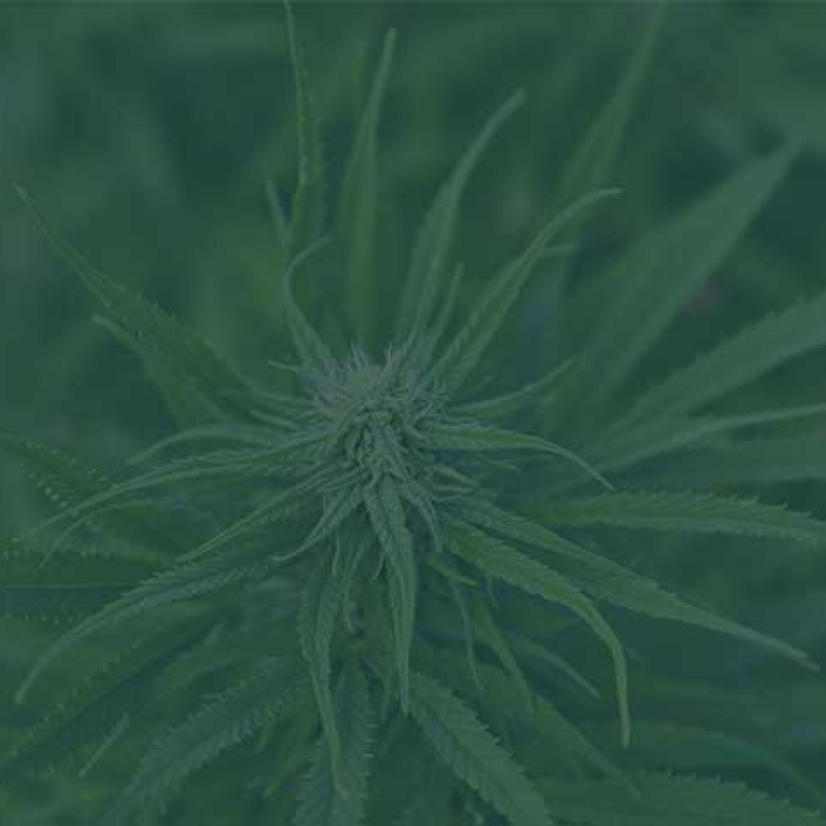Nature’s Perfect...
Why Hemp Oil Is the Most Balanced Plant-Based Omega Source When it comes to plant-based nutrition, balance is everything....
Water is one of the most critical resources in agriculture, and how we use it directly impacts food security, sustainability, and the environment. As droughts become more frequent and water tables shrink, farmers and consumers alike are taking a closer look at crops that make the most efficient use of water. Hemp, cotton, and corn are three major crops that illustrate just how different water footprints can be—and why hemp is earning a reputation as a water-wise alternative.
Hemp is naturally drought-resistant and requires far less irrigation than many conventional crops. On average, industrial hemp uses about 20–30 inches of water per growing season, depending on climate and soil. In many regions, rainfall alone can provide much of the required water, reducing the need for heavy irrigation.
Cotton, often called a “thirsty crop,” is one of the most water-intensive plants grown today. It typically requires 40–50 inches of water per season, and in hot, arid regions, irrigation demands are even higher. To put it in perspective, producing a single cotton T-shirt can take over 2,500 liters of water—a staggering figure when compared to hemp textiles.
Corn sits between hemp and cotton in terms of water use. Depending on the variety and climate, it needs around 20–25 inches of water per season. However, because corn is often grown in monocultures across vast acreages, its total water footprint is massive, especially in states that rely on heavy irrigation from aquifers like the Ogallala.
Drought Tolerance: Hemp develops a deep taproot that helps it access groundwater and stay resilient in dry spells.
Efficient Growth Cycle: Hemp matures in just 3–4 months, meaning less water is needed over a shorter growing season compared to cotton or corn.
Soil Benefits: Hemp’s root system improves soil structure and moisture retention, helping conserve water in future planting cycles.
Water isn’t the only metric to consider when comparing crops—but it’s one of the most urgent. Cotton’s heavy irrigation needs are putting pressure on rivers and aquifers, while corn’s vast scale makes its cumulative water demand enormous. Hemp, on the other hand, offers a sustainable alternative for textiles, food, and industrial products—without draining local water supplies.

